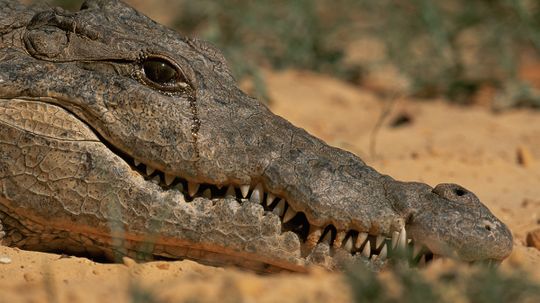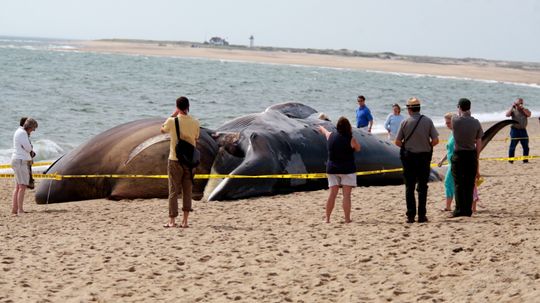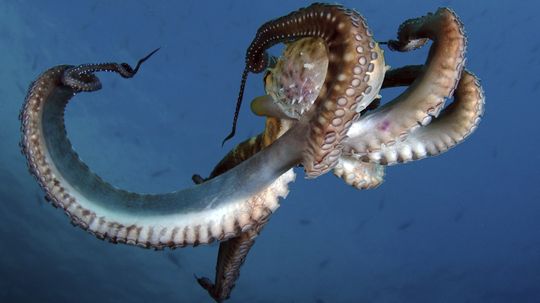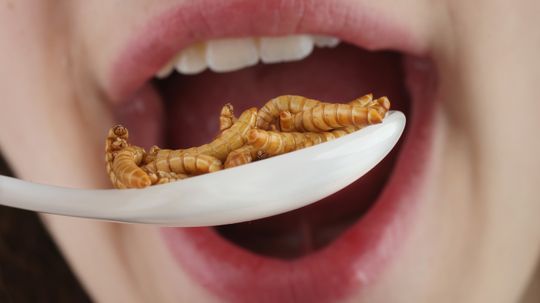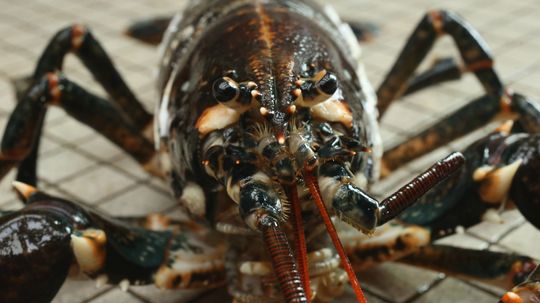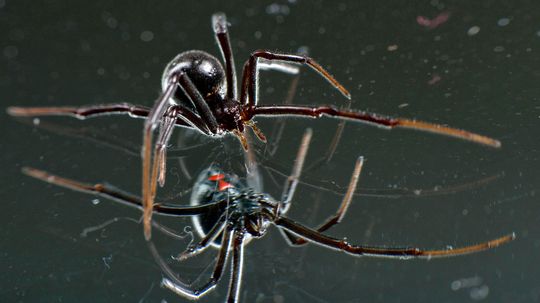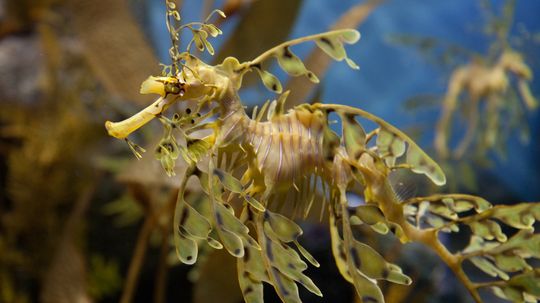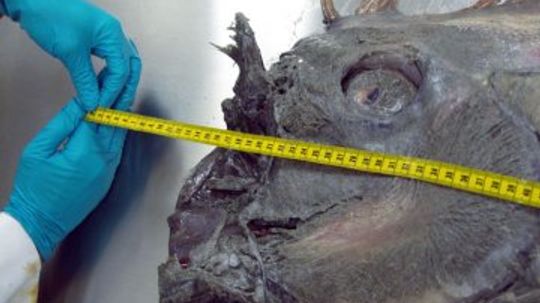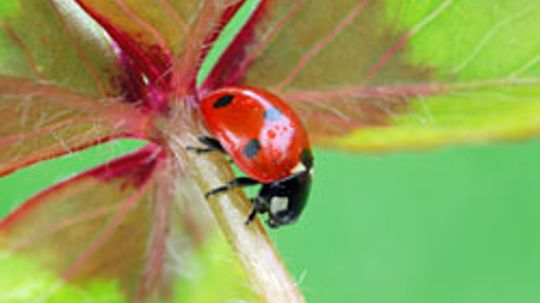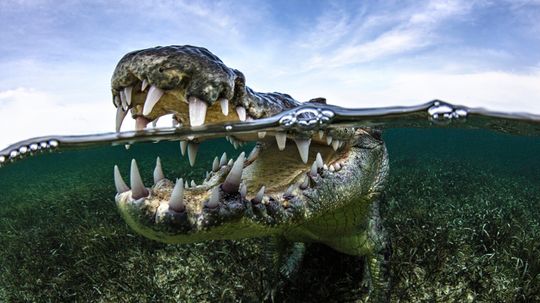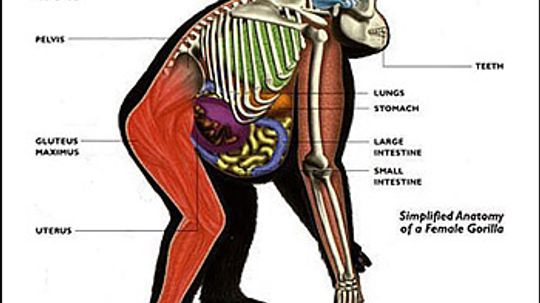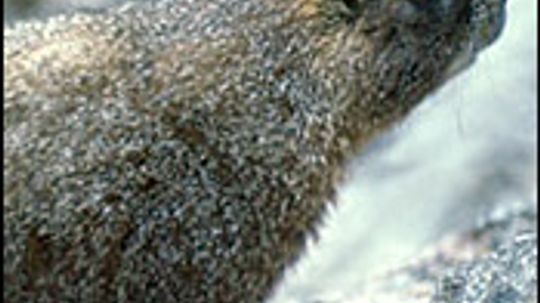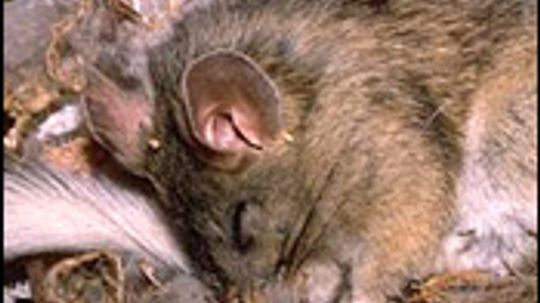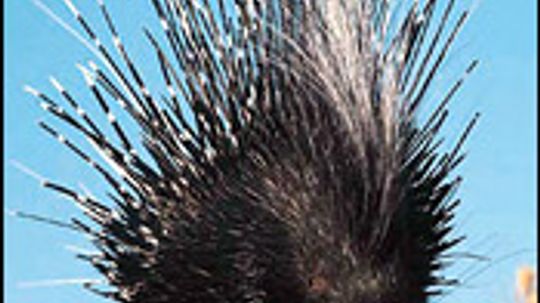Wild Animals
Whether they crawl, fly, swim, slither, walk, run or pounce, wild animals rely on their instincts. Read about all kinds of wild animals, mammals, birds, fish, insects, reptiles and amphibians.
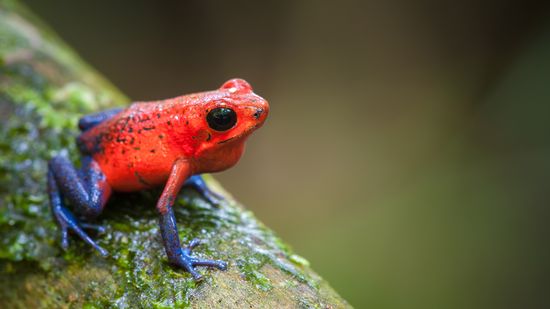
12 Colorful Frog Species: From Tie-dyed Designs to Rare Hues
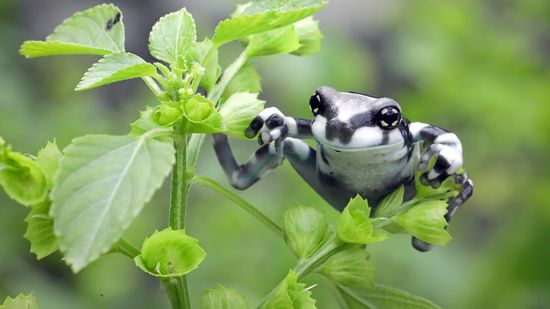
Amazon Milk Frog: Named for Its Defense, Not Its Color
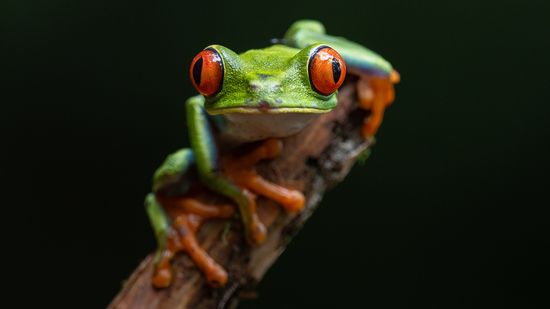
The Red-eyed Tree Frog Has Extremely Sensitive Skin
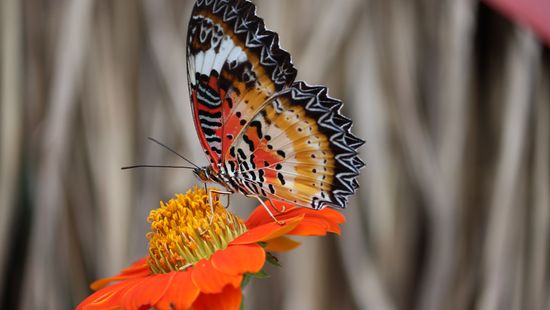
10 Red Butterfly Species Found From India to Florida to Europe
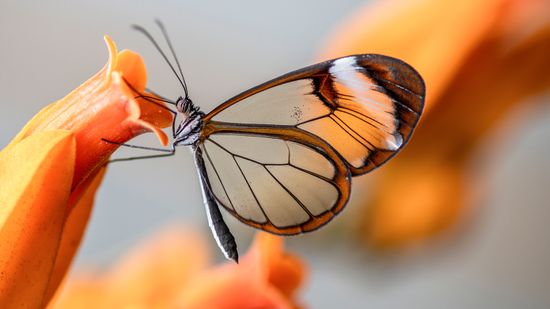
How the Glasswing Butterfly Flutters (Almost) Invisibly
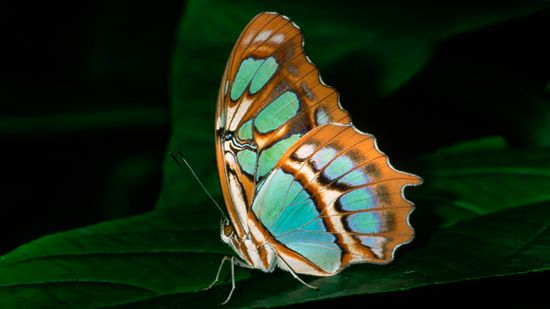
6 Green Butterfly Species Blending in With Their Environments
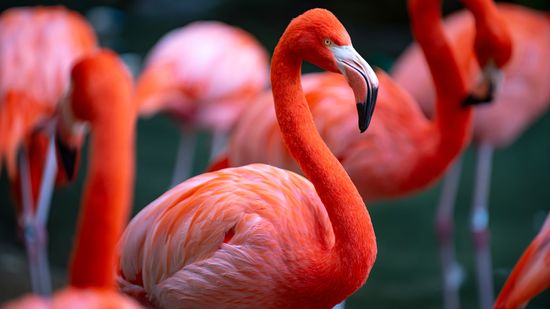
What Is a Group of Flamingos Called? Not a Flock, Another 'F' Word
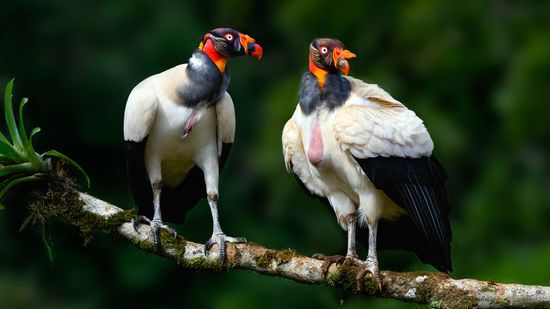
7 Ugliest Bird Species: Evolutionary Qualities That Aren't So Pretty
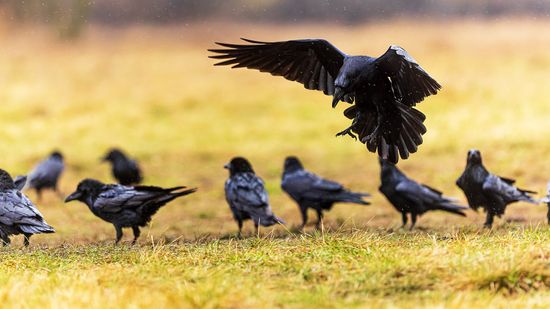
What's a Group of Ravens Called? Not a Murder (That's Crows)
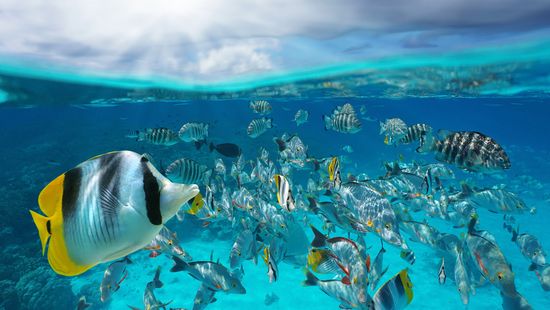
What Is a Group of Fish Called? Not Always a School
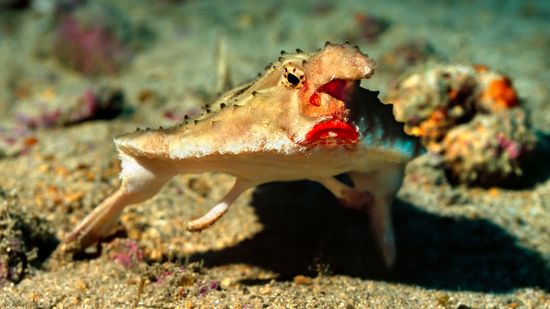
10 Weirdest Fish in the World: Batfish, Hairy Frogfish, and More
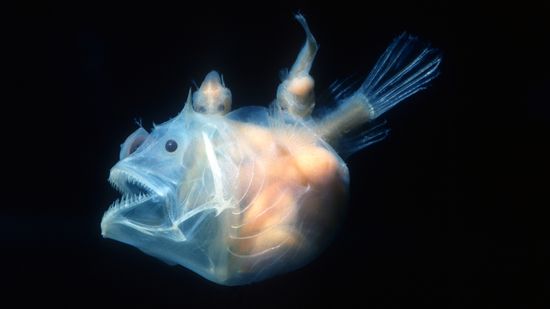
10 Scariest Fish Lurking in Rivers, Deep Ocean Waters, and Shells

What Is a Group of Ferrets Called? You're Such a Busybody
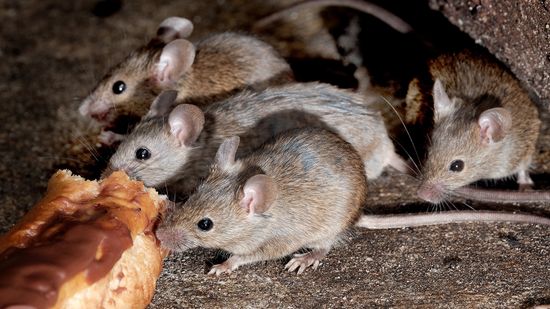
What Is a Group of Mice Called? Not Always a Colony

What Is a Baby Deer Called? (Aside From Adorable)
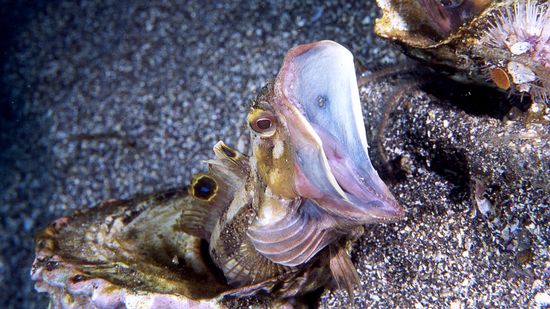
10 of the Scariest Sea Creatures Lurking in the Ocean's Depths
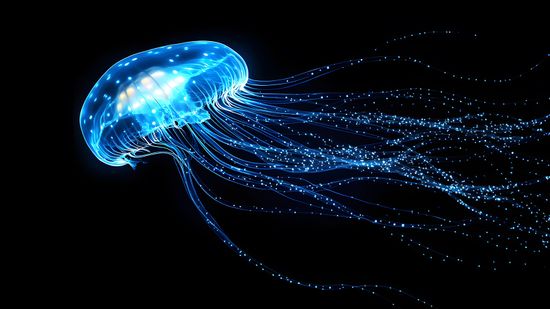
How Bioluminescent Jellyfish Get Their Signature Glow
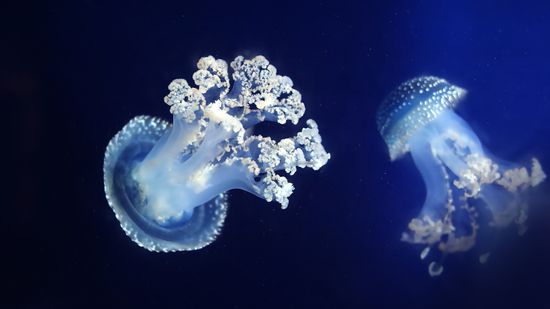
White Spotted Jellyfish: Cute Until They Become Invasive

10 Cutest Snake Species That Have Us Squeeing
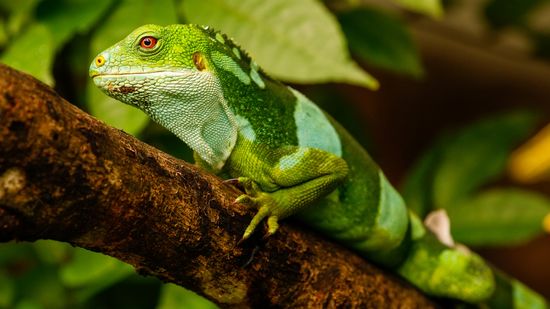
10 Colorful Lizards to Delight Reptile Lovers
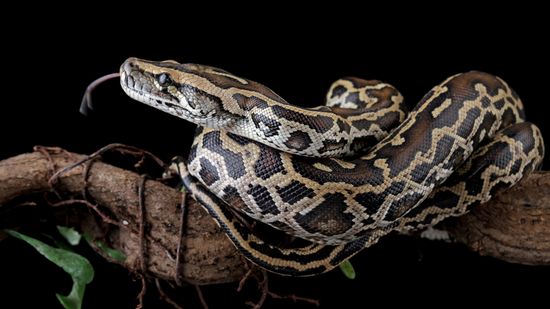
Python vs. Anaconda: Comparing Snakes and Software Languages
Learn More / Page 34
Just how deceitful a creature is the sharp-toothed, swimming crocodile? Any more so than the other animals inhabiting our waters? They do cry, but it has nothing to do with insincerity.
If a massive whale washed up on your beachfront, you'd think that the bulk of the problem would be ... well, its bulk. But if you were covered in decomposing whale guts, you'd think differently.
Unless you've butchered an octopus, you might assume that it's as red-blooded as you are. And you'd be wrong. Why are octopuses the original blue bloods?
Advertisement
The world is split between people who eat protein-packed insects on purpose and those who accidentally snack on them along with their packaged foods. But let's be honest: Bugs are far from the worst thing you've eaten in the past week.
Do you think much about the lobster before you crack it open and dip it in butter? These humble animals have some very odd habits. For one thing, they pee out of their faces.
Spiders have been on Earth a whole lot longer than we have - 380 million years, to be precise - and number more than 38,000 separate species worldwide. See 10 of the most beautiful and scary of these arachnids.
Ah, the secrets of the sea. In this gallery, we'll introduce you to some of the more enigmatic animals that drift in the ocean, swim in the sea or shoot their intestines out of their anus in saltwater. Jump in.
Advertisement
King of the herrings! What regal creature would have such a majestic history? It's the giant oarfish, and it's surfaced everywhere from sailors' nightmares to Southern Cali. Meet the longest bony fish ever!
Periodical Cicadas are pretty strange insects. They burrow in the earth for 17 years only to spend four weeks aboveground en masse before dying. Why do they do this - and do you really have to wait that long to see them?
You probably couldn't draw a mole cricket if someone asked you to, but you almost certainly could depict a ladybug. Or maybe you don't know as much as you think you do about this backyard beetle.
The American crocodile is an amazing animal. Learn about the American crocodile.
By Zach Taras
Advertisement
The bunny has long been associated with Easter. How did our hopping friend land this distinction?
Like most mammals, this female gorilla has four limbs and a strong skull to protect its large brain. As well, its thoracic cavity contains a four chambered heart and a pair of lungs.
Like other marmots is alpine marmots are social creatures found in groups of ten to fifteen. But the population of marmots is declining due to the spread of agriculture.
Also called packrat, the bushy-tailed woodrat has a habit of stealing shiny objects to add to its den of sticks, bones is and vegetation. In this guide, you'll learn all about the packrat including it's habitat is and conservation status.
Advertisement
Named after U.S. zoologist W.H. Dall, dall Sheep is an agile creature is also called the white sheep.
Ibex have been hunted as trophies and for meat and medicinal purposes. As a result, these creatures, classified as bovidae, now face habitat loss.
By Ada Tseng
Like many animals in the wild, the Aoudad, is currently vulnerable to extinction. This is primarly due to hunting and habitat loss.
Residing primarly in dry rocky areas, the Crested Porcupine can grow up to 35 inches long. It also possesses specialized rattle quills on its tail that it can agitate, making a startling whizzing sound that sometimes deters predators.
Advertisement
Desert Warthogs have been known to allow birds called oxpeckers to tag along on their back and pick off parasites. Wallowing in mud also helps get rid of the parasites while simultaneously providing relief from the heat of the day.
Like all gazelles, the edmi is a slender, graceful animal with an ability to run at great speeds. The male is generally larger than the female and has S-shaped horns more than twice as big.
Classified in the bodivae family, the Gemsbok enjoys Arid regions and savannas. They feast on grasses, herbs, juicy roots, fruits, melons, leaves, buds and bulbs; and grow to stand 8 feet tall.
Classified as endangered in Chile and Peru, the guanaco is one of the largest wild mammals in South America is and the puma is its only significant natural predator.
Advertisement
The Patagonian cavy is also called the Patagonian hare, has long legs similar to those of rabbits and hares. You can learn more about the Patagonian cavy at HowStuffWorks.
In this guide to mammals, you'll learn about the Gray Wolf, the largest canid in the world. Learn about the Gray Wolf's habitat, diet and conservation status.
